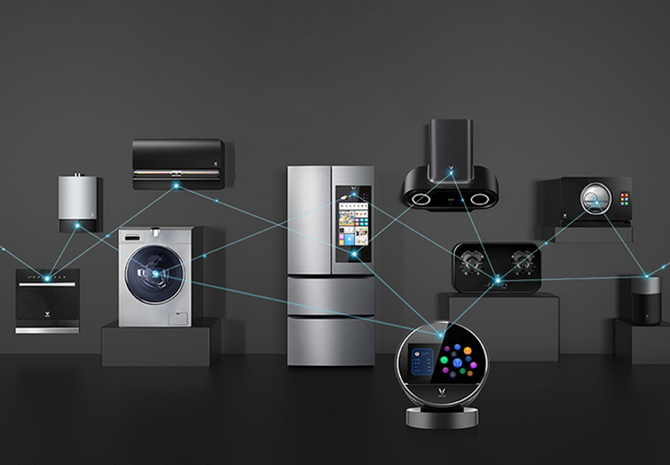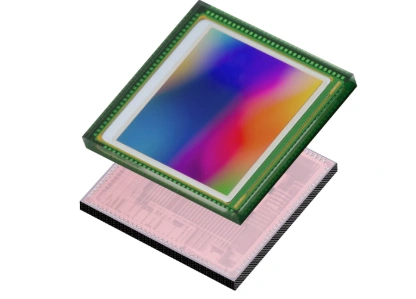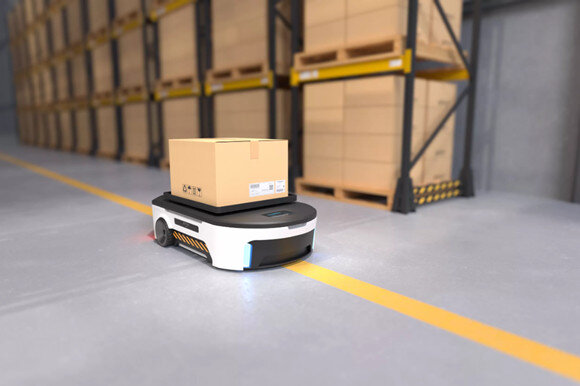
In smart products, sensors capture environmental data and machine learning algorithms process the data to analyze and predict the surrounding environment. This is true for many applications, such as AGVs that can automatically plan routes through warehouses or streets, and large industrial robots that can even safely interact with workers. Sensors collect information about the environment and interact with people, and the data captured determines the effectiveness of machine learning algorithms. Only when sufficient, accurate and relevant data is received and processed at the time of use can machine learning applications be continuously optimized.

Because products like robots need sensors or cameras to capture information about the changing environment around them, and to process the collected data quickly and accurately, to be "smart." Just like when we cross a busy street, we use our eyes, ears and other senses to pick up all kinds of data, and then the brain makes a judgment that allows us to travel in the fastest and safest way without colliding.

As a result, ams' Mira family of image sensors is the perfect choice for intelligent design and future product development. The product has the advantage of high frame rate and can provide monochromatic, multi-color and even infrared data images, thereby quickly delivering high quality data and showing outstanding performance. Thanks to AI-enhanced imaging, Imis Osram's image sensors are combined with AI processors to enable greater security and performance in consumer electronics and industrial products.

The Mira family of image sensors offers excellent optical performance and extremely low power consumption. The Mira220 image sensor consumes only 4mW in sleep mode, 40mW in standby mode, and 350mW at full resolution and 90fps. The Mira family of image sensors has a high signal-to-noise ratio and high quantum efficiency, enabling device manufacturers to reduce the power output of near-infrared illuminators used with image sensors in 2D and 3D sensing systems, thereby reducing total power consumption.
The Mira series of global shutter visible and near infrared (NIR) image sensors feature the latest 2D and 3D sensing systems with low power consumption and small size. They can also meet the needs of augmented reality and virtual reality (AR/VR) products, suitable for industrial applications such as drones, robots, autonomous vehicles and consumer electronics such as smart door locks. It also reduces the size of the sensor itself and uses very little power, allowing manufacturers to shrink the battery size to create more value.

In the Mira image sensor family, ams uses backlight (BSI) technology to achieve a stacked chip design, with the sensor layer on top of the digital/read layer, enabling the production of sensors in chip level packaging, such as the Mira050 image sensor, which is only 2.3mm x 2.8mm in size. The ultra-small size gives manufacturers more design freedom to optimize space-constrained products like smart glasses and VR headsets.
The Mira family of image sensors, combined with AI processors that include integrated machine learning algorithms, improve security when humans interact or collaborate with intelligent products, especially autonomous mobile robots. High-quality image sensors and AI processors can identify the people present and parse their environment, and use different operating rules to ensure safe interactions. The Mira family of image sensors, combined with an AI processor containing integrated machine learning algorithms, improves security when humans interact or collaborate with intelligent products, especially autonomous mobile robots. High-quality image sensors and AI processors can identify the people present and parse their environment, and use different operating rules to ensure safe interactions.
